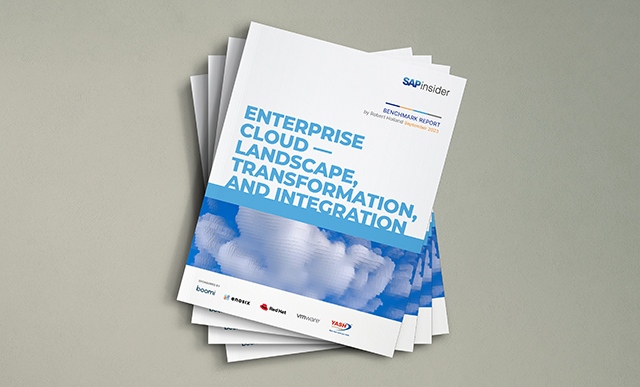Techniques to Support Configuration Management in Solution Manager
ManagerLearn about the roles and responsibilities of the team members using Solution Manager during the configuration phase. Walk away with some recommendations on how to store your documentation and transport references to deliver a more fully documented solution to your support organization. Key Concept Defining roles, responsibilities, and procedures for the configuration phase improves the...





